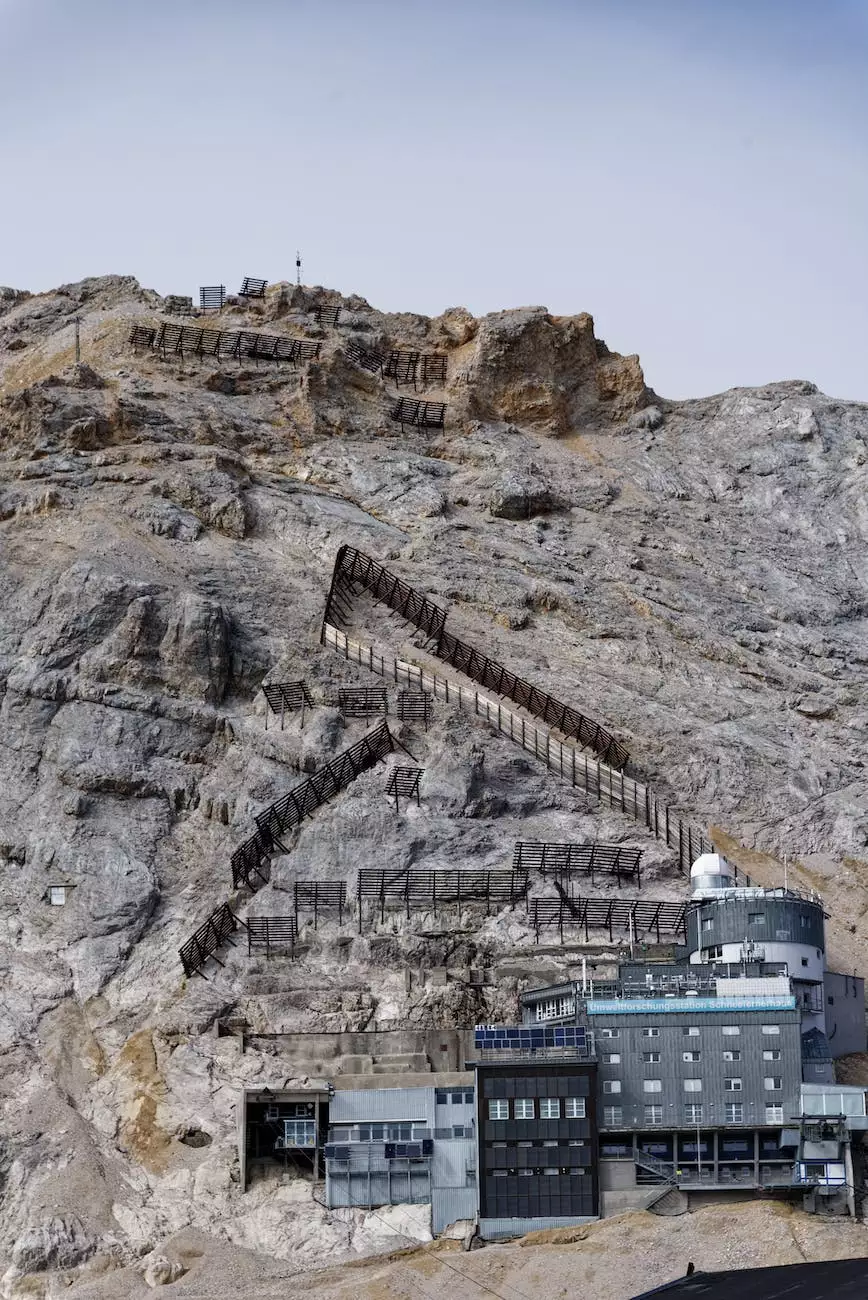How to Spot Hail Damage on Your Roof
Roofing & Construction
Introduction
Welcome to Rocky Mountain Constructors, your trusted source for expert advice on heavy industry and engineering, specifically in construction and maintenance. In this comprehensive guide, we will walk you through the process of spotting hail damage on your roof and provide you with valuable insights on how to assess and address the issue effectively.
Understanding Hail Damage
Hail damage can severely impact the durability and structural integrity of your roof. Identifying the signs of hail damage early on is crucial to prevent further deterioration and costly repairs. Let's dive into the key indicators you should be aware of.
Hail Size and Impact
Roof damage caused by hail greatly depends on the size and velocity of the hailstones. Larger hailstones or those with higher impact force can cause significant harm to your roof shingles and other roofing materials. It's important to note that even smaller-sized hail can still cause damage, especially if your roof is older or in a weakened state.
Inspecting Your Roof
After a hailstorm, it's essential to inspect your roof thoroughly for any signs of damage. Here are some steps you can follow to ensure a comprehensive assessment:
- Examine the Shingles: Look for dents, cracks, or missing shingles. Hail damage may cause granule loss, exposing the underlying layers.
- Check for Bruises: Bruises on shingles indicate areas where the hailstones have caused damage. These bruises may appear as dark spots or dented areas.
- Assess Gutters and Downspouts: Check if there are dents or dings on the gutters and downspouts. Hail impact can dent these metal components, disrupting proper drainage.
- Inspect Flashing and Vents: Hail damage can also affect flashing and vents. Look for any signs of cracks, dents, or loosened materials.
Interior Examination
Hail damage may also manifest internally. Take the following steps to assess potential interior damage:
- Inspect Attic: Look for leaks, water stains, or any signs of moisture. Insulation may be damaged, and leaks can lead to further complications if left unattended.
- Check Ceilings and Walls: Examine interior ceilings and walls for water stains or discoloration, indicating a possible roof leak.
Addressing Hail Damage
Once you've identified hail damage on your roof, it's crucial to address the issue promptly to avoid more extensive damage and costly repairs. Here are the recommended steps:
Contact a Professional
Engaging the expertise of a professional roofing contractor, like Rocky Mountain Constructors, is advisable. A trained eye can accurately assess the damage and provide expert recommendations.
Insurance Assessment
Contact your insurance provider to inform them about the hail damage and initiate the claims process. Document the damage with photographs and detailed descriptions to support your claim.
Roof Repair or Replacement
Based on the severity of the hail damage, your roofing professional will recommend repair or replacement options. They will assess the extent of the damage and guide you through the necessary steps to ensure the integrity of your roof is restored.
Conclusion
Spotting hail damage on your roof is crucial for maintaining the longevity and integrity of your property. Rocky Mountain Constructors is committed to providing you with the expertise and guidance necessary to navigate the construction and maintenance challenges associated with heavy industry and engineering. Remember to be proactive in assessing and addressing any hail damage to prevent further complications.










